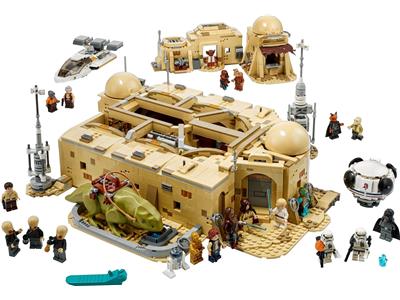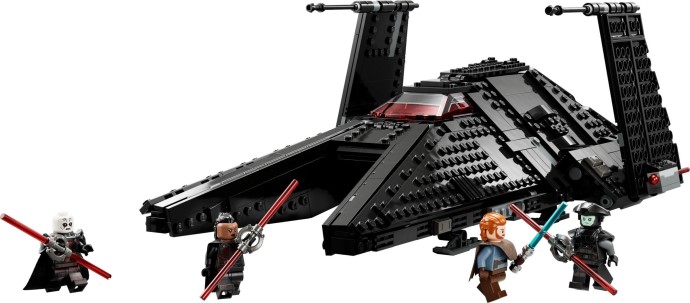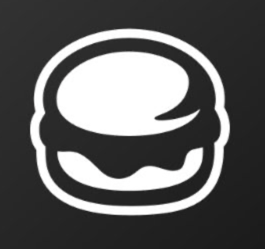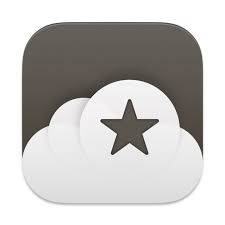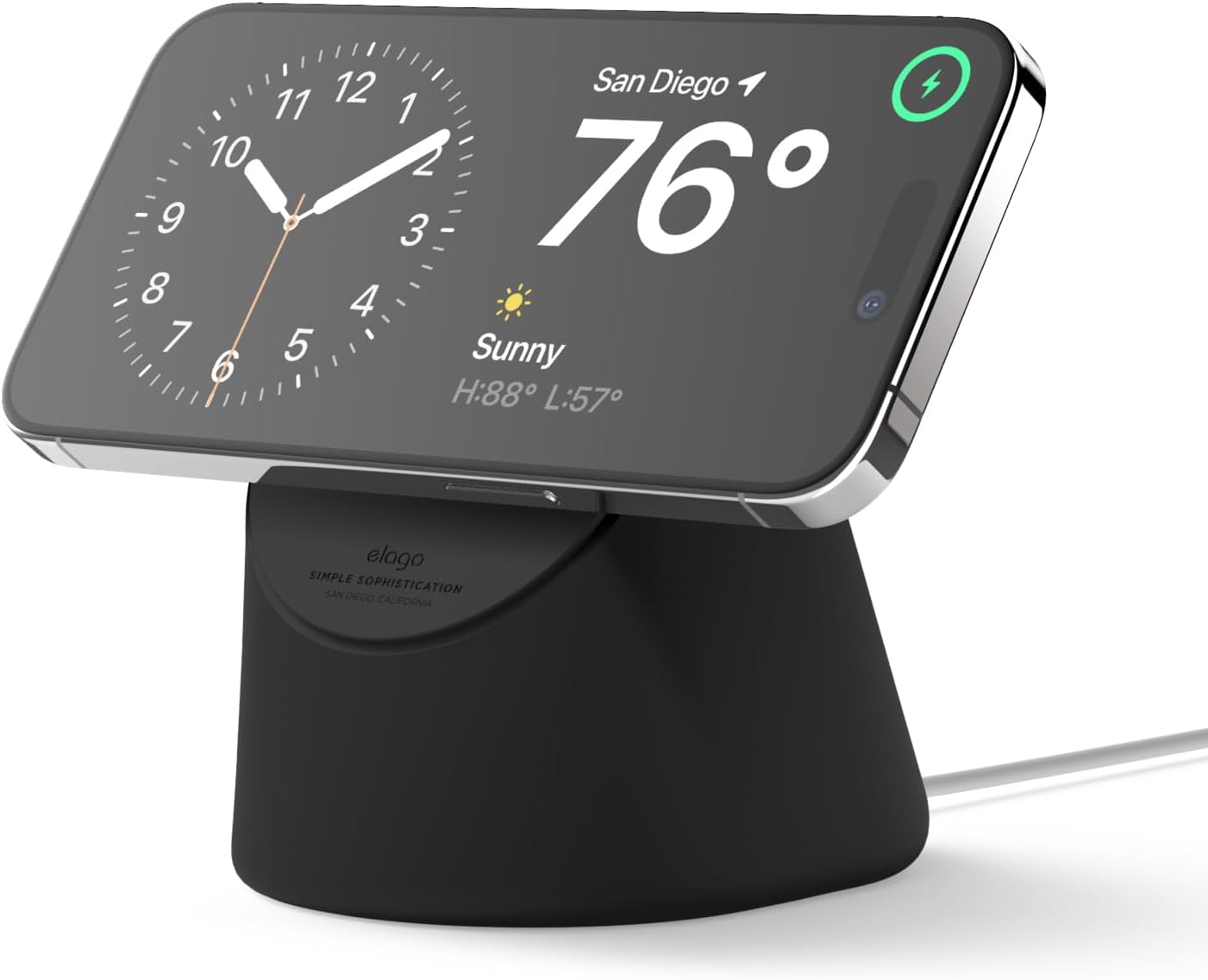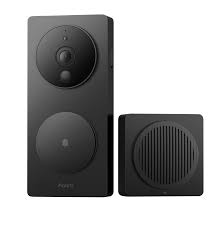
This is a regular update my Now page. I publish them as a blog post for archive purposes. You can also view all my past now entries.
Last month, I posted pictures of my setup on Reddit, and it got decent upvotes and comments. After that, the folks at Maker Stations asked if they could showcase my setup on their site, and I agreed! You can read the article at Maker Stations. Still, I thought it would be a good idea to include it on my site for posterity and documentation purposes.
If you have already read my feature on Club Mac Stories, there is nothing new. I’ve only changed a few accessories and added more Lego, so my setup has not changed much. The only difference is that the folks at Maker Stations asked a few more questions, making it more in-depth.
Between this article, the App Defaults pots, and the recent Accessories Defaults post, my Uses pages need to be updated. My goal is to make a big update soon. Still, after that, I would like to turn it into a living document that I would update frequently and keep some sort of changelog, similar to how @viticci and @johnvoorhees are doing on their Setups page.
Here is the full interview, hope you like it!
ㅤ
- Tell us a bit about yourself
- Take us through your setup
- What's your favorite item on your desk?
- What apps or tools do you use to get things done?
- What books, blogs, or podcasts recently caught your attention?
- Any tips for other makers who want to improve their home office setups?
- What does your typical day look like?
- What are your tips for working from home?
Tell us a bit about yourself
I'm a Product Designer at BOLD, where I focus on designing and improving web apps that help people create and optimize their resumes. One of our leading platforms is myperfectresume.com, which you can try.
Since I was young, I've had a passion for creativity and building things, possibly influenced by my love for Lego. In college, I studied Graphic Design and Industrial Design. Even in college, I began my career as a freelance graphic designer, working on branding projects and advertising for agencies. In 2015, I transitioned to UX design and have loved it ever since.
In addition to my day job, I enjoy tinkering with my personal website, where I write blog posts about tech, Lego, and Apple. I also create digital productivity assets, such as an icon pack for the Stream Deck and a Notion subscription-manager to help people manage their apps and services.
You can stay updated with my blog through the newsletter or RSS feed, and follow me on Mastodon, Threads, or Twitter.
Take us through your setup
I live in a 3-bedroom apartment with my wife and our adorable dog, Max. Luckily, I have a dedicated room for my office. Over the past 3 years of working remotely, I've made minor improvements to create the space it is today.

My goal was to have a home office and a Lego display room while maintaining a simple style and monochrome color palette. Reddit, Pinterest, and YouTube home office tour videos inspired me.
My desk setup started with an Ikea Kitchen Tabletop with Standing Desk Motor from Amazon. The kitchen quality top has withstood numerous coffee and water spills. Initially, I didn't use the stand functionality much, but now I use all three desk positions - standing for admin work, a stool for deep Work, and the Aeron chair in the lowest position for meetings. Having different setups for each type of Work helps with my focus.
The setup's heart is Apple Studio Display. I waited for a new model from Apple for years, but finally getting the Studio Display was a game-changer - it looks stunning. The adjustable stand was a great choice because my average position was too low. Before that, I used the Thunderbolt Display for over ten years.
Powering my setup is Apple's Macbook Pro 14 with an M1 chip. It exceeds my needs, and I mainly use it in clamshell mode, either docked on a Satechi Stand or below the desk in a 3d Print Under Desk holder.

For the keyboard and mouse, I use Apple's Magic Keyboard and the Magic Mouse. I have tried many excellent keyboards and mice from Logitech but always come back to Apple's, mainly because of the Touch ID on the keyboard and the multitouch surface on the Magic Mouse. I admit the Magic Mouse is not ergonomic at all, so to combat that, I use a Magic Grip to improve the grip and Carpio to better support the wrist.

One of my most used items is the Stream Deck, which fits perfectly under my studio display. I mainly use it for zoom controls with custom icons I designed. I also have shortcuts and folders, including a button to toggle Stage Manager, a Timery button with preset timer shortcuts, and a Homekit Button with my most used Homekit items.

Recently, I've also been using Apple's iOS 17 new feature, StandBy Mode as a secondary control panel on my desk and have been loving it so far. I can have widgets like my upcoming meetings and smart home controls handy.

Behind my desk, I have an Ikea Skadis accent to display a few knick-knacks. This is where I also display my Mechanical Keyboard when not in use. The keycaps are a custom set I designed because I couldn't find good keycap sets with proper Mac modifiers. You can also spot a Legacy Lightsaber, a palm rest from Logitech, a Kylo Ren Funko pop, a spare iPhone X, and a few iPhone boxes.

As you can see, I have a ton of Legos, mostly Star Wars. I've been collecting since I was little, but now it's getting out of hand, and I'm running out of space. I'm using Ikea's Eket modular system to display the sets I can. I recently expanded to collect Legos from popular franchises, including the Home Alone house, one of my favorites.

Having so many Legos is cool but also a struggle. The displays also serve as my zoom background, so I need to set them up in a way that doesn't look like a toy store. I would love floor-to-ceiling shelves for more space, but I worry it won't look professional during calls.

I made some space to have a "reading nook," which I use to plan my morning day on my iPad Mini.
Little by little, I'm turning my workspace into a smart office. All the lights are either Hue or IKEA lights, compatible with Homekit. I also use a Sensibo to control the AC via Homekit. Motion sensors are placed so that when I enter the office in the morning, the light strip and Lego display lights turn on automatically. When I leave for the gym or end the working day, everything also shuts down automatically.

Although I can control every Homekit device via Siri, I like to keep analog controls handy for quick access. However, managing multiple remotes can be a hassle. To alleviate this, I created sort of a control center with all the remotes side by side.

I repurposed an old iPad Mini as a meeting room display placed at the entrance of the room. It allows me and my wife to see my schedule at a glance and know when I'm on a call.

My closet is the last part of my office, which I use for clothes and organizing tech... mostly tech. I installed another Ikea pegboard and use it to "display" my everyday carry. From Watch bands to Apple cases. I like that everything has its place.
While I'm satisfied with the current setup, I have a few improvements in mind. To enhance my Zoom calls, I plan to acquire Elgato Key Lights and upgrade to a DSLR setup. Although the natural light is sufficient, the quality of my view diminishes during evening calls. Additionally, I would love to have a separate desk specifically for building Lego, but it's not feasible due to the number of displays I have.
What's your favorite item on your desk?
My favorite item on my desk is the Studio Display. The quality of the display is stunning, and I love the hardware design. I had been using Apple's now-discontinued Thunderbolt display for ten years, so I was excited when they released this update. It costs around x, but an extra 500 if you add the adjustable stand. The stand is a must because it allows me to adjust the height to match the ergonomic position, whether standing or sitting.

I also appreciate the camera and the speakers. Although the webcam has some controversy, it works well for my Zoom meetings. Apple recently released an update that allows you to adjust the framing. The speakers on the display sound impressive for a monitor. I used to use the HomePod minis as speakers in my previous setup, but now, with the good display, they have become glorified Siri assistants.

What apps or tools do you use to get things done?
Choosing between my top tools is a challenge, but I'll try!
Things 3 has been my go-to todo app for years, and I use it on all my devices. It helps me stay on top of household chores, website improvements, and work-related todos. I love the UI and design and how well it works across devices.

Notion is where I organize my personal life, from finances and subscriptions to travel planning and tracking our dog's vet visits. While some people use Notion for everything, I find it particularly effective for managing data. My favorite feature is how you can view the same data in multiple ways.

Figma is my primary design app. I switched from Sketch a few years ago and have not looked back. I prefer keeping my personal projects separate from Work, so I have separate accounts. I use Figma's regular app for personal projects and the beta version for Work. Additionally, I use Figma to mock up home projects like my office redesign.


Apart from these key tools, I also rely on several small utilities that are crucial for my productivity:
- Cleanshot X for screenshots, screen recordings, and annotations.
- Clean my Mac for keeping my Mac running smoothly.
- Meeting bar to easily display and join my next meeting.
- Timery for time tracking my work hours.
- Raycast for launching apps and utilities.
- Bunch, Moom, and Divvy for window management.
If you're curious about all the apps I use, you can check my "uses" page.
What books, blogs, or podcasts recently caught your attention?
I mostly listen to the same group of podcasts, but my favorites are Connected for tech and The Best One Yet for news.


This year, I started reading The Daily Stoic, and I also recently started the latest book from the Star Wars High Republic series.
For blogs, there is a current trend where people post a list of their default apps. Currently is up to 300 entries! I have found a ton of interesting personal websites and blogs through that.
Any tips for other makers who want to improve their home office setups?
Start small: For those just starting or looking to enhance their setups, remember that it will take time. Treat creating your setup like designing a product. Do small changes at a time and test it to see what works and adjust accordingly. Start small and build up, and keep a wishlist of desired products or features that you can iterate towards minor by little.
Here is a look at one of my first desk setups.

Invest in a good chair: You will spend most of the time sitting. Your back will thank you! Also, getting a standing desk helps to change things up.
It will never be perfect or finished: No matter how much you improve it, you will see someone else set up and think, "Oh, I wish I had that." Enjoy the process, make it unique, and work for you.
What does your typical day look like?
I've been working from home for three years now. Initially, I used to go to the office daily, but my company switched to fully remote due to Covid. My routine has changed over the years, but I'm happy with how it works.

Morning: I wake up at 6 am, make coffee for my wife and me, and enjoy it on the couch while catching up on news and blog posts on my iPad Mini via RSS. This quiet and relaxing time is the best part of my day.
Breakfast: After that, I tidy up the house before having breakfast.
Gym & Errands: Around 8 am, I go to the gym for weightlifting and cardio. Getting out of the house helps me get in the right mindset for Work. I also try to complete any errands during the day so I can spend the whole afternoon with my wife.
Work: I start my "work day" when I return around 10 am. My Work as a Product Designer can be categorized into admin work, deep Work, and meetings.
Admin Work: Since most of my team is on the West Coast, I have the entire morning to work without distractions. I begin by catching up on Slack and email and reviewing my daily tasks.
Deep Work: During my focused time, I work on designing, prototyping, reviewing team members' Work, and providing feedback. I prioritize essential tasks that I discover while catching up on admin work.
Meetings: Starting around 1pm, I have back-to-back meetings until around 6pm. I schedule breaks in between for meals, as I need help to accomplish work tasks during calls.

After Work: I like to spend quality time with my wife and our dog, Max. I make sure to close the office and disconnect from Work. We watch TV, have dinner, and play games on my Switch or the Playstation Portal. Then, I go to bed around 9 pm, scroll through Instagram reels, and fall asleep by 10 pm.
What are your tips for working from home?
Time Blocking: One technique that has greatly benefited me in my three years of working from home is time management. To maximize my productivity, I use the time-blocking technique. This involves planning my schedule hourly, including breakfast, gym time, and Work. By doing so, I can be realistic about what I can accomplish daily and ensure that tasks don't drag on longer than necessary, following Parkinson's Law.

Assigning a purpose to each space: Another helpful principle I've learned is to assign specific purposes to each space in my home. It's surprising, but most of the time, the best ideas don't come when you are at the desk. For instance, I use my iPad on the sofa or in my corner chair for thinking and planning, while I reserve my desktop solely for Work and meetings. This helps my brain associate the desk with creative Work. Additionally, stepping out of the house for the gym or errands once a day helps me maintain focus.

Shutdown Routine: Implementing a shutdown routine is another beneficial habit. After wrapping up my meetings, I take a few minutes to tie up loose ends in communication and organize my tasks for the next day. This grants me peace of mind, knowing everything is taken care of or will be, allowing me to disconnect from Work mentally.
Thats it! Thanks for reading! Let me know if you have any questions or comments about my setup. Would love to know if we share some similar tech or accessories!



